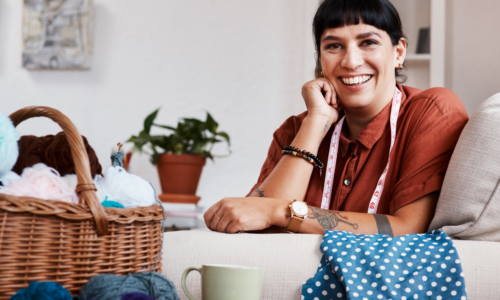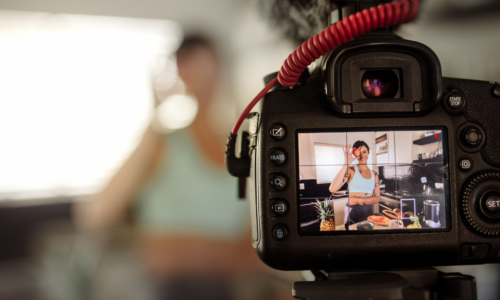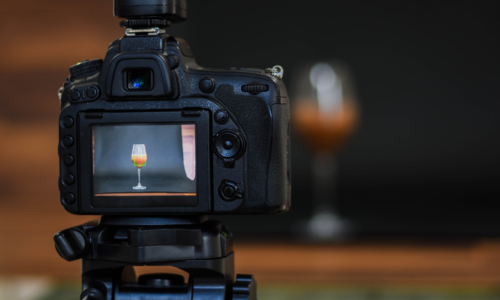Consumers in online stores are impatient and it is the pictures – not words – that most often hold client’s attention on a given site. Professional product photography not only increases your chances of making a sale but also – or most importantly – builds your brand identity. So how do you take care of the highest quality images?
Product photography – table of contents:
- What is product photography?
- How does product photography affect sales?
- What images should be on the product card?
- How to take care of photo quality on a limited budget?
Product photography, formerly associated mainly with supermarket magazines, has reached a much higher level thanks to e-commerce, and many suggest that this is still unfolding. As the online sales channel becomes a priority for luxury brands, marketers are looking for new ways to convince customers with a few images of the uniqueness of the materials used or the value of the best craftsmanship, for example. And it’s not easy, especially since we only have a few milliseconds to do it.
According to a 2006 study, we form opinions about the websites we visit in 0.05 seconds – half the time it takes to blink an eye (source: Nature).

What is product photography?
Product photography is a part of both online and offline advertising (catalogs, brochures, ads in newspapers and on billboards), and for decades it has been playing a key role in increasing sales. No wonder, about 90% of information transmitted to our brain is visual.
How does product photography affect sales?
Photos are a crucial part of the decision-making process, reflecting your brand image and creating a “first impression” that hugely determines further chances of a sale. To make it good, polished and professional product photography is essential.
93% of consumers believe that images are key in making a purchase decision
What images should be on the product card?
On the product card, i.e. on the page where all the information about a given product is displayed, you can usually insert more than one photo and you should take advantage of this possibility.
You can opt for close-ups to show, for example, the texture of the material used, or contextual images showing the selected product in use. However, it is important above all to provide product photos in all possible variations. When selling products in various colors, it is not worth limiting yourself to publishing photos of only the most popular ones knowing.
How to take care of photo quality on a limited budget?
A guarantee of good quality photos is of course hiring a photographer who specializes in packshot photography. However, this is not the cheapest way and many online shops, especially smaller ones, cannot afford it.
So how to take care of product photos for an online store when we have limited resources at our disposal? First of all – you need to do some reading. Even the best equipment will be useless if we do not know how to use it. Compose your product photos, learn about your camera’s capabilities and choose the right equipment for your products. It doesn’t have to be top of the range, but the fine-tuning of camera settings and lighting is important, think of it as the skills-not-gear approach.
No less important is post-production, which in the case of packshots usually means removing backgrounds, improving color balance, lighting and shadows. These are not far-reaching changes, but they can have a big impact on how the product will look on the Internet. To perform these basic operations you can successfully use programs such as Adobe Photoshop, Adobe Lightroom or even GIMP.
If you’re interested in earning money with your photography skills, be sure to read our article where we discuss this topic and the possibilities!
If you like our content join us on Facebook or Twitter!
Author: Mira Bodhi
Knows all the pros and cons of working as a Freelancer and still makes the best of it. Time management and self-motivation are her biggest advantages. She is now a digital nomad and works traveling all over the world.











